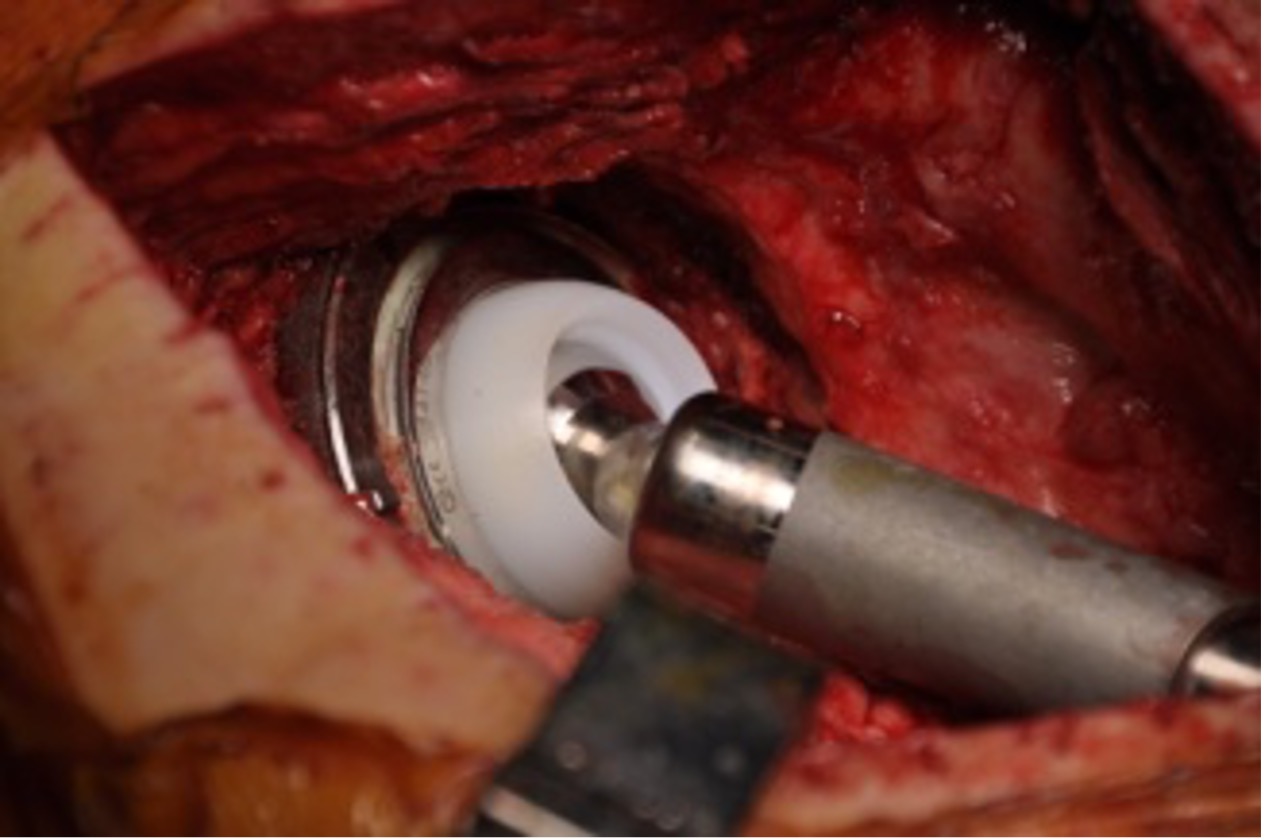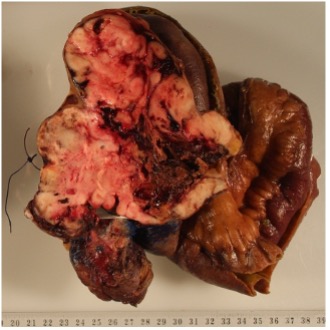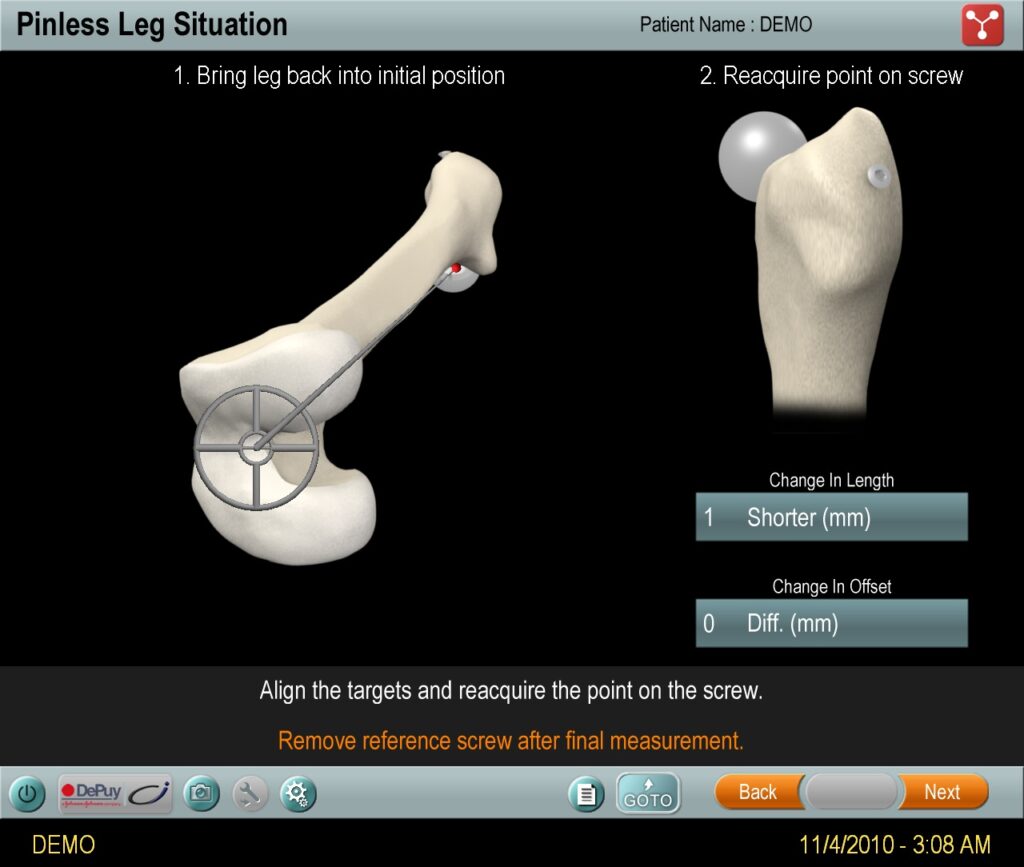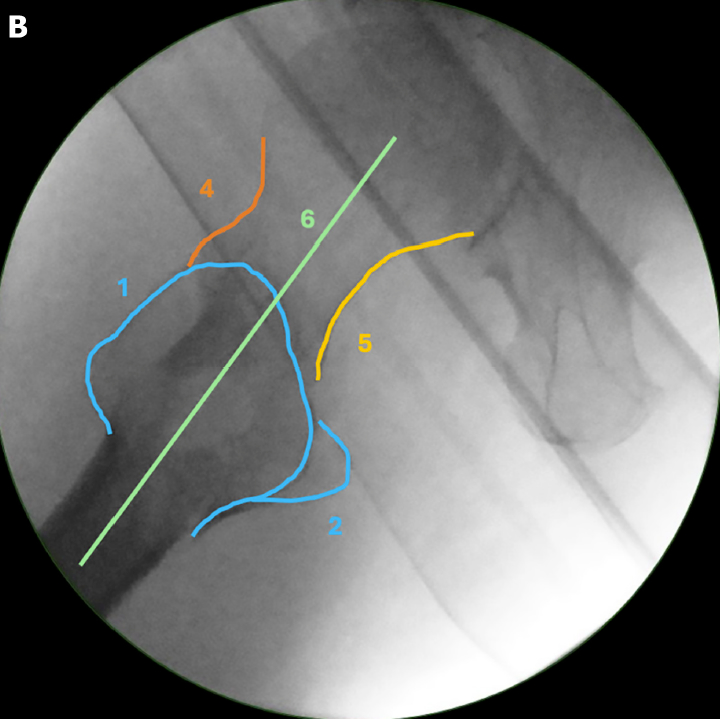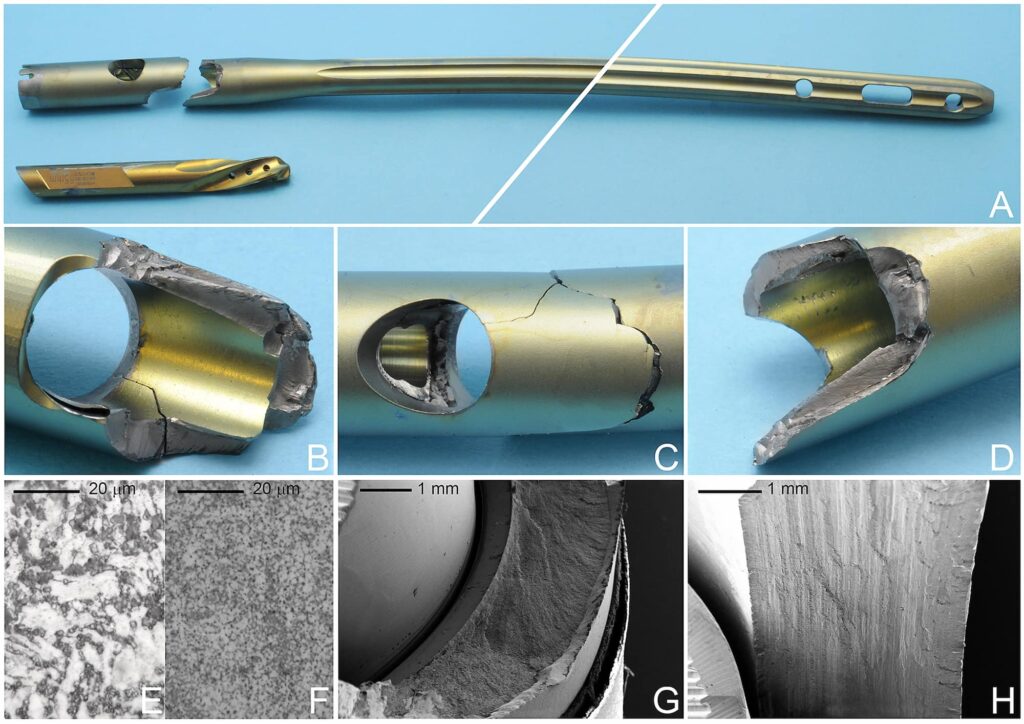Novel Constrained Dual Mobility Hip Prosthesis to Combat Instability in Revision Total Hip Arthroplasty whilst Preserving Normal Function.
Authors: Michael Jiang, Anton Lambers, Rodney Richardson
Site: Austin Health, VIC
Hip instability following Total Hip Replacements (THR) is a recognised complication, affecting up to 25% of revision cases despite advancements reducing dislocation rates. Early instability is often managed with non-invasive methods, but chronic cases may require surgical interventions. These include changing the position of components or introducing constrained liners which capture and hold the head of the hip replacement and hold it in place. Challenges remain, as instability can recur even after revisions and constrained liners can significantly limit movement.
Working with the Surgeon-designer Mr Rodney Richardson, Dr Lambers introduces the novel Inovaris prosthesis, a cemented tripolar system combining dual mobility and constraint. This design tackles two key parts of revision surgery for joint dislocations: range of movement and stability. A case describes a cyclist with a complex surgical history who has a satisfactory outcome with revision using the new implant. Comparative data shows that Inovaris offers superior stability and mobility, addressing critical shortcomings of existing prostheses. This research underscores the importance of tailored solutions for managing THR instability, emphasising the need for case-specific approaches to optimise outcomes.
